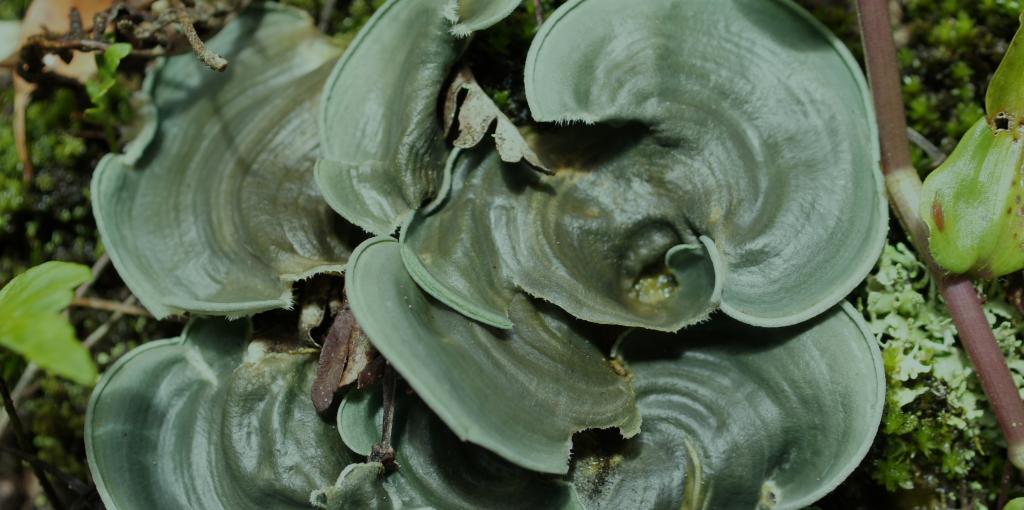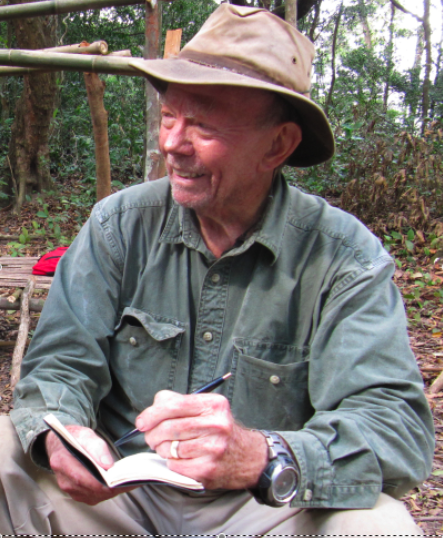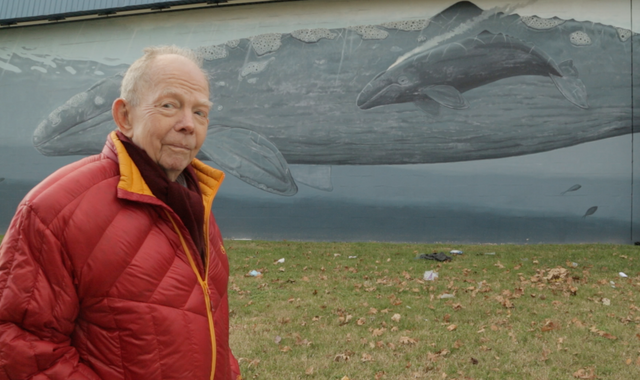Admission CTAs
Mason’s Lee Talbot left a lifetime legacy for species and ecosystems around the planet
May 10, 2021 / by Dr. Jennifer Lewis, PhD student, ESP Department
Most of us think the stories about people like Indiana Jones only exist in films, but every now and then, a person comes to the earth who shows us that a life of adventure, while working to protect those with no voices, can exist. Lee Talbot, Professor at the Department of Environmental Science and Policy (ESP) was one of these people. He was a co-author and major contributor to the Endangered Species Act, Marine Mammal Protection Act, CITES, and the World Heritage Convention. “If you want to know why species like tigers and gorillas and rhinos and African elephants are still roaming the wild, here’s why,” Thomas Lovejoy, University Professor at ESP and the renowned "godfather of biodiversity," said of Talbot.
Starting his career as a wildlife biologist with one of his earliest assignments, he mapped and collected data on the animals in Kenya and then Tanganyika. The results were the creation of the Serengeti National Park, the Masai Mara National Reserve and many more. With his wife Marty by his side, they spent years assessing the status of species across Africa and Asia. We can thank them for a great deal of many protected areas in the planet, including World Heritage Sites like the Great Barrier Reef and the Gir National Park for the Asiatic lions in India. His advice to governments protected many green spaces; for example, all of Hong Kong parks were set aside because of his recommendations.
“He taught at Mason for almost three decades, where he developed over eight graduate courses in policy and conservation. He was a super trainer and tough teacher but fair and respectful of all,” Dr. A. Alonso Aguirre, ESP Department Chair, said of Talbot. “Everyone was invited when a conservation issue needed to be solved. It seems simple, but this trait is rare among most leaders,” he added. Protecting species was never easy. It required time in very remote locations for long periods of time, encountering wild animals. Lee survived an attack by a lion in Africa, rebels and war in Africa and Vietnam, and even a plane crash into the sea. To him, every day could be another adventure and another chance to do more to give back and make a difference.
Along with his legacy of gifts to the earth was his legacy through mentoring. While teaching at George Mason University since 1996, he had mentored countless graduate students. “Lee took teaching very seriously and made certain his pupils had the opportunities necessary to succeed,” said Dr. Fernando Miralles-Wilhelm, Dean of the College of Science at George Mason University. He understood that, by educating, he was creating an extended team of people that could ensure the continued protection of species and ecosystems. And this is indeed what he had accomplished during a lifetime of achievements. His students now work across the planet, fighting in the trenches for conservation policy and development. “We have lost a hero of the environment, but his impacts on species will likely extend far into the future because of his incredible efforts.” Dr. Aguirre added.
Lee is survived by his wife of nearly 62 years, Marty, and their sons Lawrence and Rusty.
George Mason University News tribute article: https://www2.gmu.edu/news/2021-05/memoriam-lee-talbot
More Lee Talbot content on this website:
https://science.gmu.edu/news/racing-career-dr-lee-talbot
https://science.gmu.edu/news/dr-lee-talbot-receives-two-distinguished-lifetime-awards-september-2016


